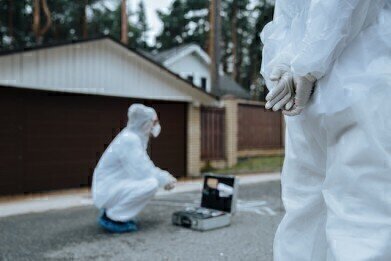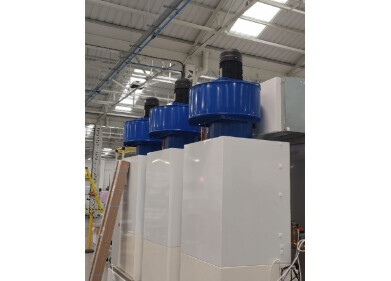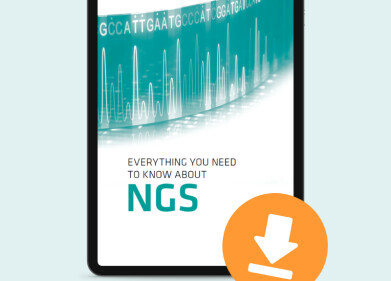Laboratory Products
How is Immuno-chromatography Used in Forensics?
Sep 25 2022
From analysing body fluids to tracing fingerprints, forensic scientists rely on a variety of techniques to profile crime scenes, identify victims and track criminals. Immunochromatography is one of the most useful methods and uses strip tests to detect body fluids in stains and trace the source of origin. This can include blood, as well as saliva, semen and urine.
Fast, adorable and easy to use, immunochromatographic strip tests are a staple in most forensic analysis kits. Below, we take a closer look at how immunochromatography is used in forensic science and spotlight some exciting new developments unfolding in the field.
Post-mortem forensic analysis
In recent years, immunochromatography has emerged as a useful tool for the detection of drugs in post-mortem urine samples. Specifically, immunochromatographic methods are combined with Gas Chromatography (GC) and Mass Spectrometry (MS) techniques to detect traces of methamphetamine and amphetamine. Data is used to determine the cause of death and offer families closure.
Advances in forensic immunochromatography
In an article published in the International Journal of Legal Medicine, researchers spotlight the latest rapid detection immunochromatography methods being used to improve body fluid identification. The new technology can detect up to five individual body fluids from a singe sample.
“Body fluid identification is a substantial part of forensic trace analyses,” reads the article. “The correct determination of the origin of a biological stain may give valuable information regarding the circumstances of a crime.”
While useful, traditional strip tests only allow for analysis of a single body fluid. This requires forensic scientists to make assumptions about the nature of the fluid. Crime scenes where multiple body fluid samples have been detected can also require a large number of tests, which can chew up additional time and resources.
To address the issue, the team developed a method to simultaneously detect up to five body fluids. This allows scientists to extract multiple sets of DNA from the same sample. “With this test it was possible to identify the components of a mixture, the test was easily incorporated into standard laboratory work, and its sensitivity and specificity were shown to be comparable to those of conventional strip tests,” write the authors.
A new era of forensic science
Want to know more about the latest breakthroughs in forensic science. From DNA phenotyping to predict physical and biochemical traits to isotope analysis to trace the origins of explosives, we introduce some of the most exciting new developments in ‘8 Advances in Forensic Science’.
Digital Edition
Lab Asia 31.2 April 2024
April 2024
In This Edition Chromatography Articles - Approaches to troubleshooting an SPE method for the analysis of oligonucleotides (pt i) - High-precision liquid flow processes demand full fluidic c...
View all digital editions
Events
Apr 22 2024 Marrakech, Morroco
Making Pharmaceuticals Exhibition & Conference
Apr 23 2024 Coventry, UK
Apr 23 2024 Kintex, South Korea
Apr 23 2024 Seoul, South Korea
Apr 24 2024 Jakarta, Indonesia

.jpg)






.jpg)









